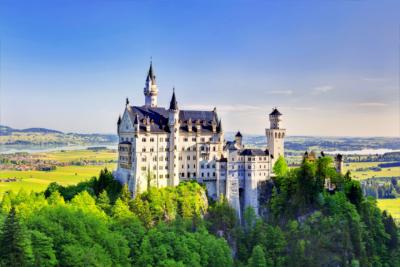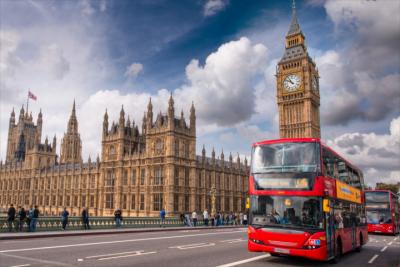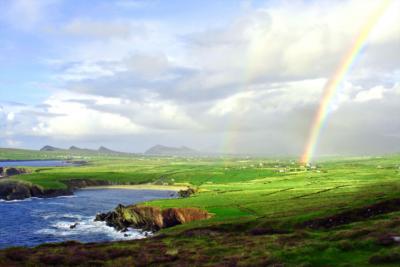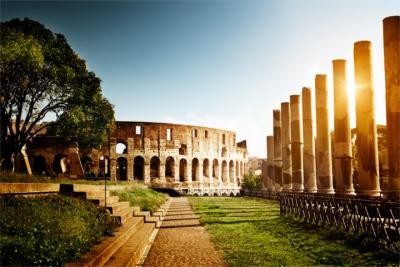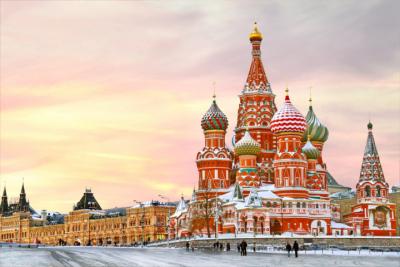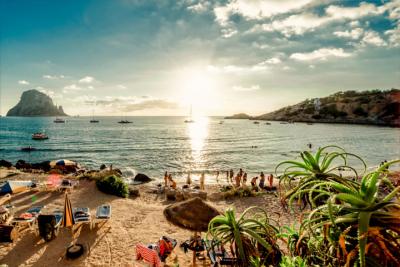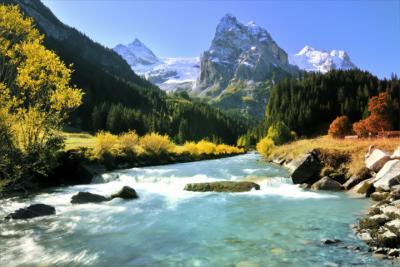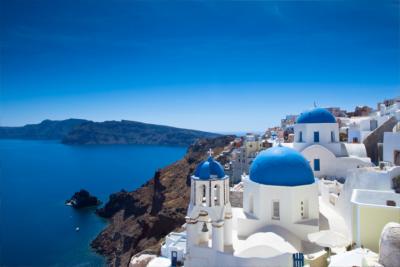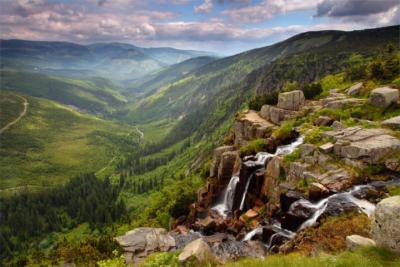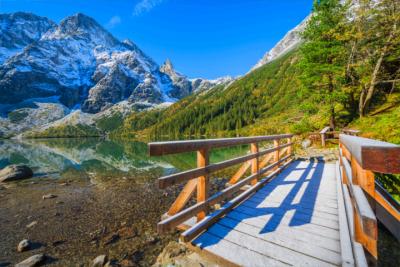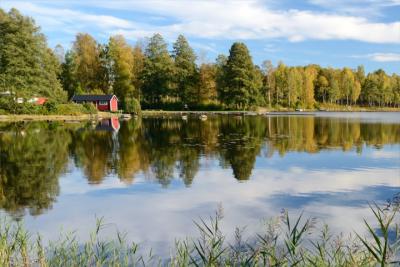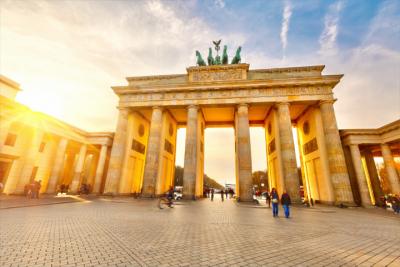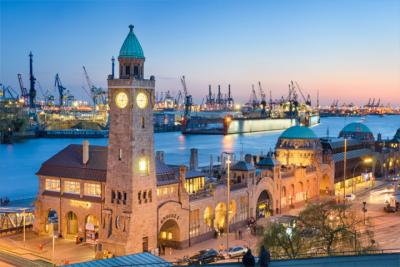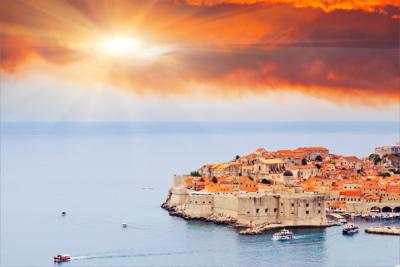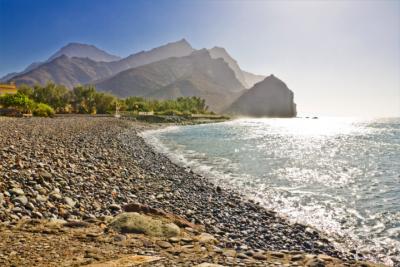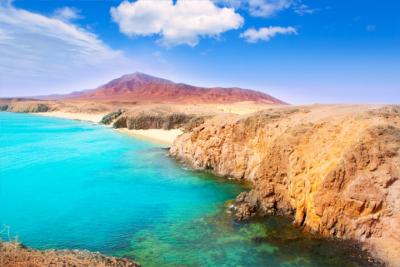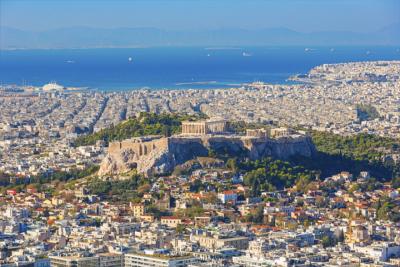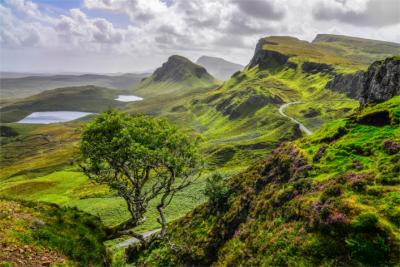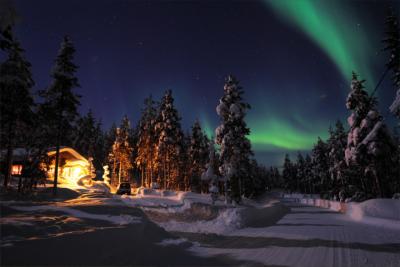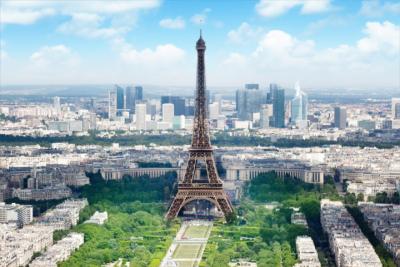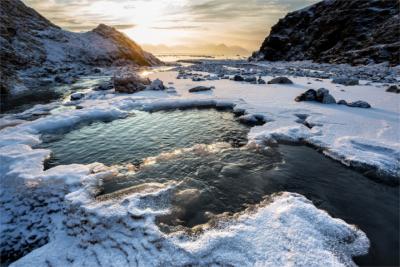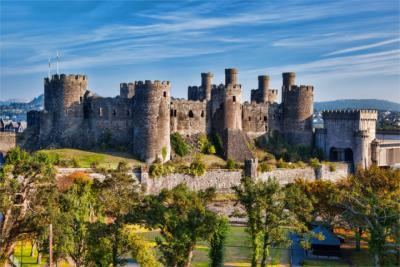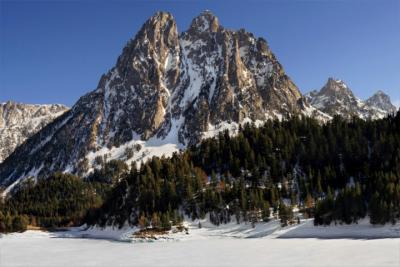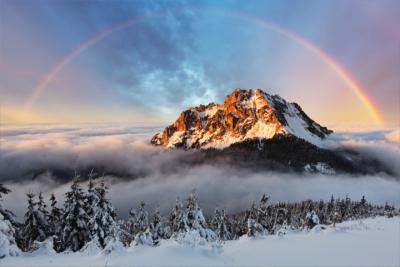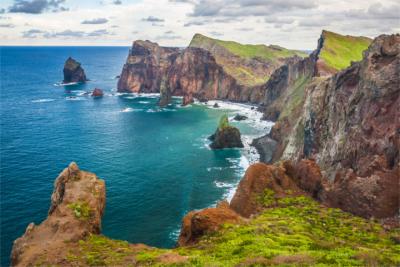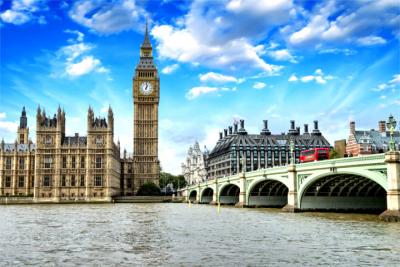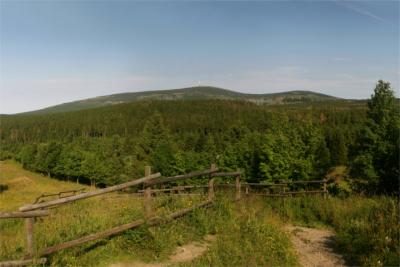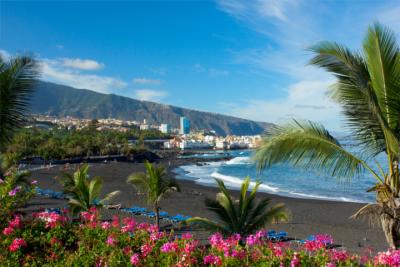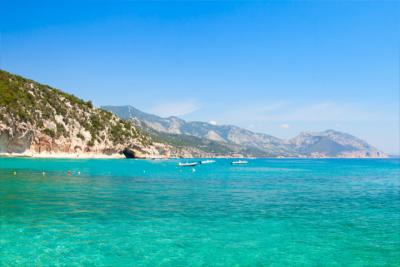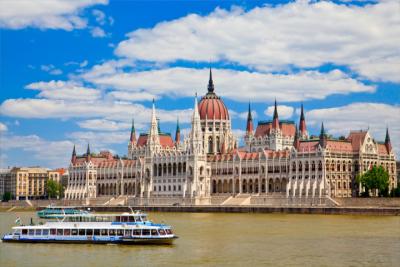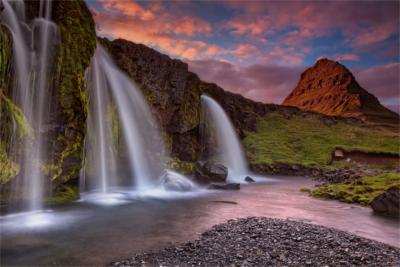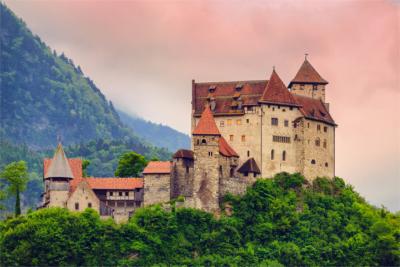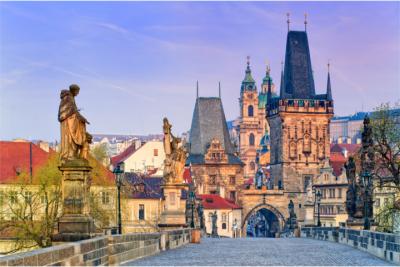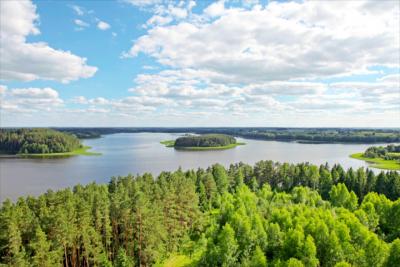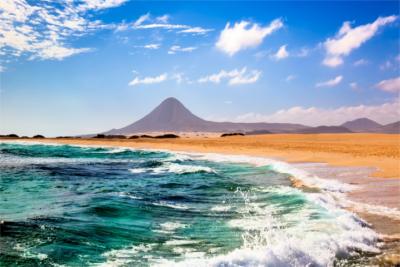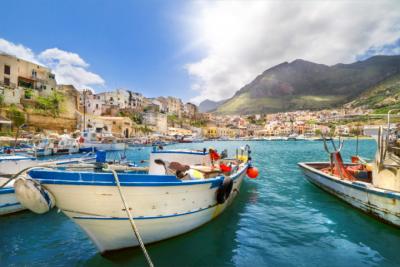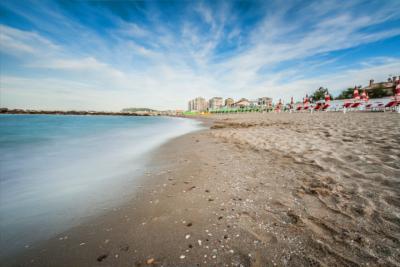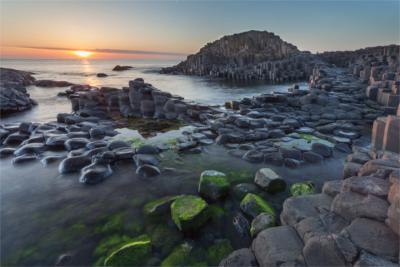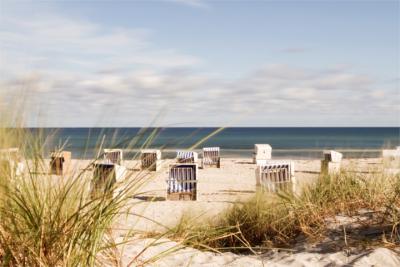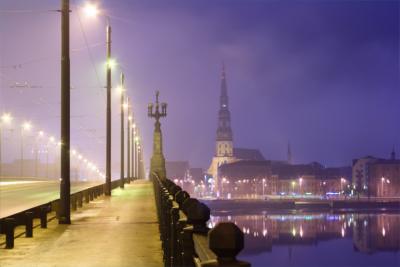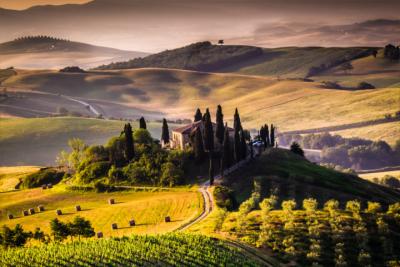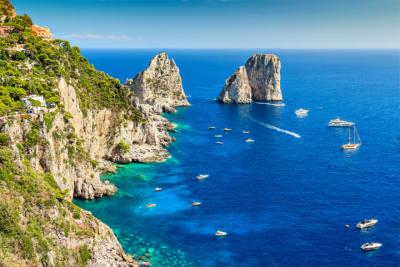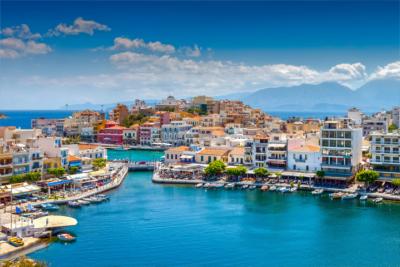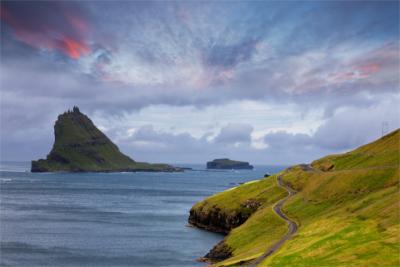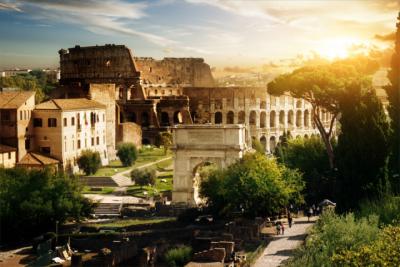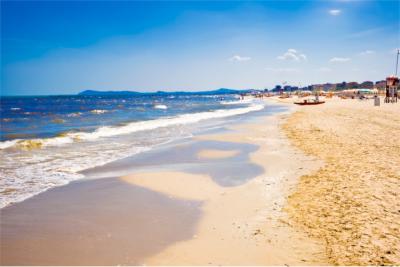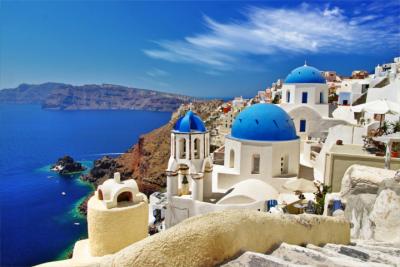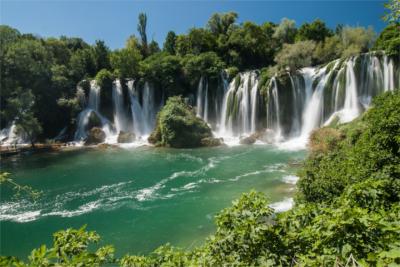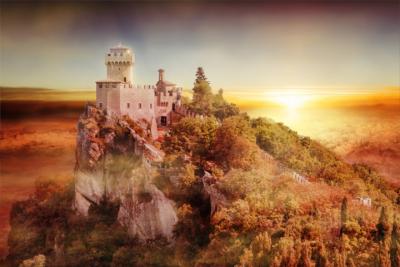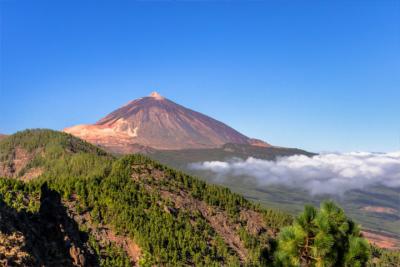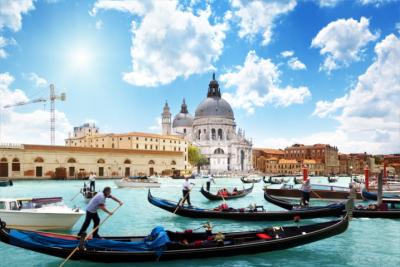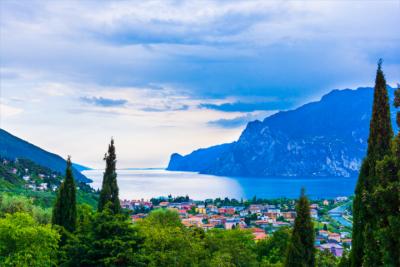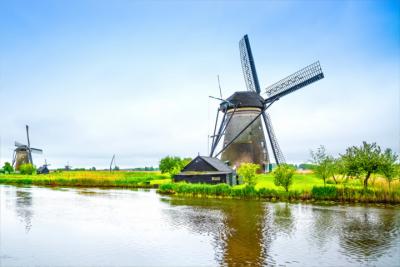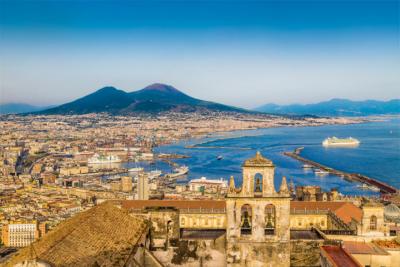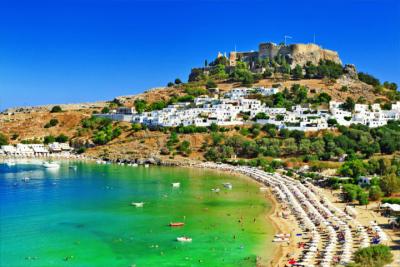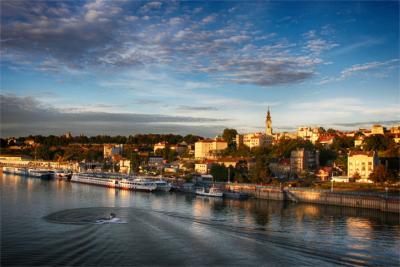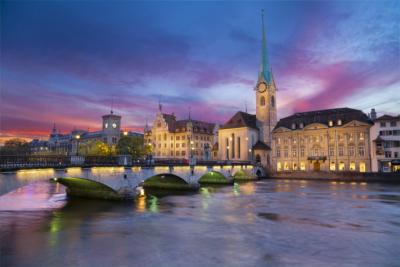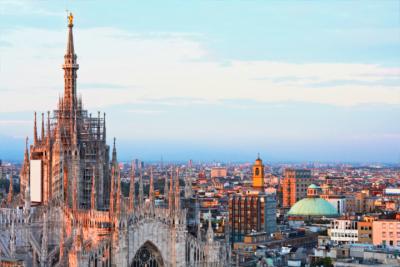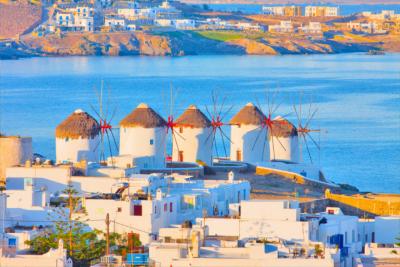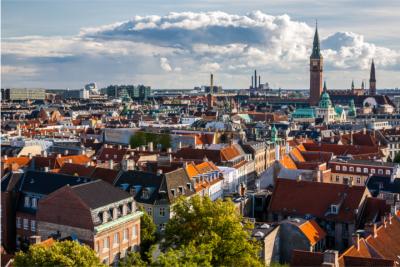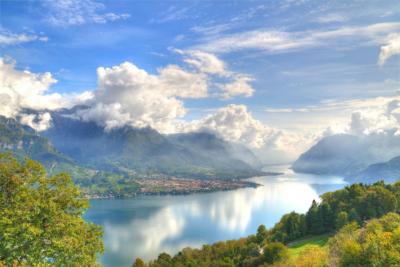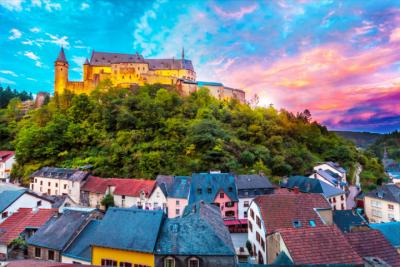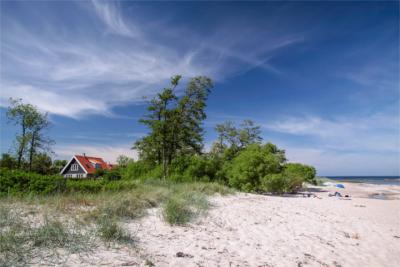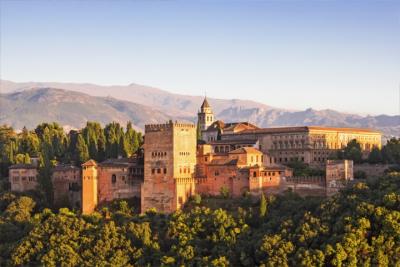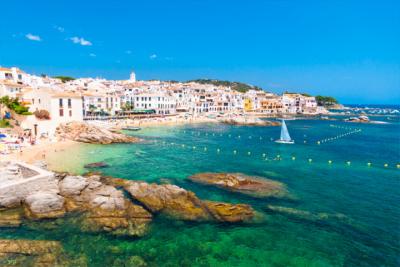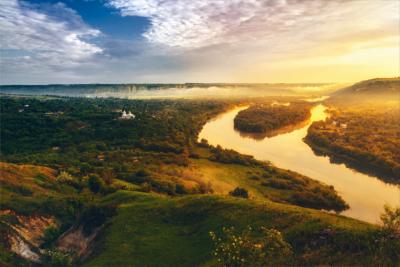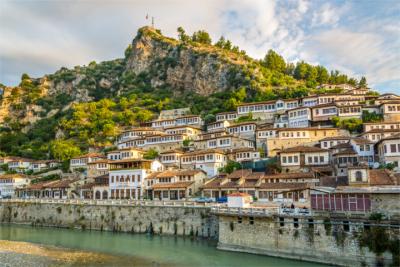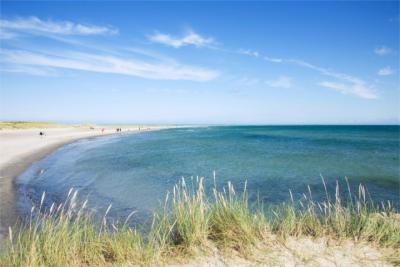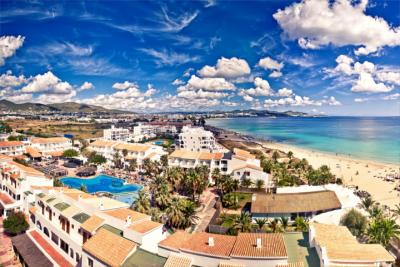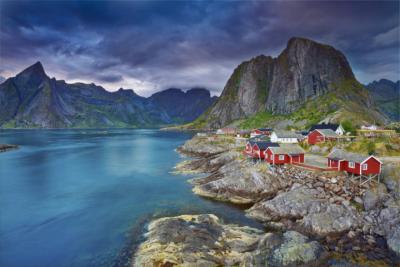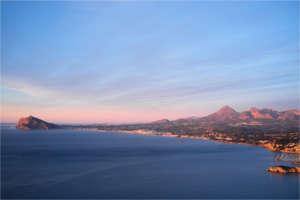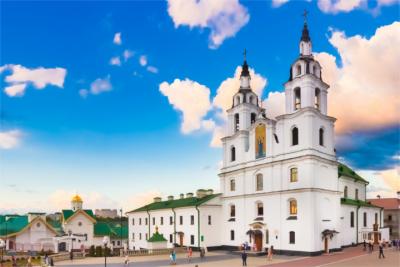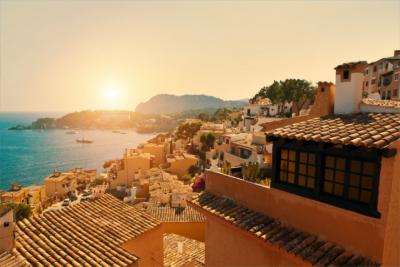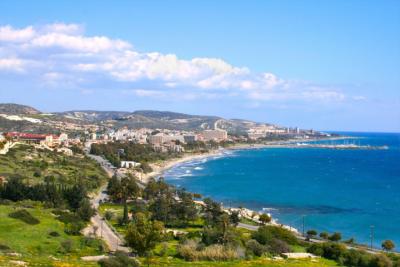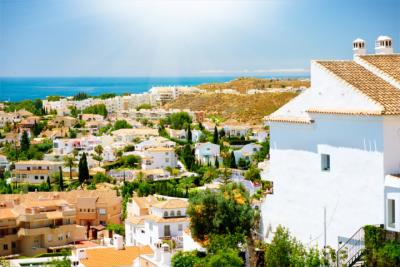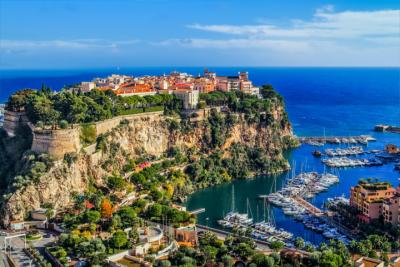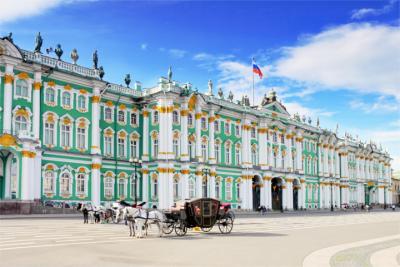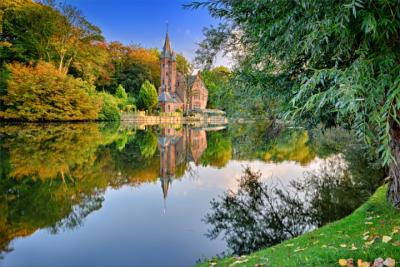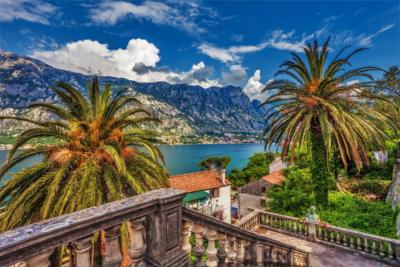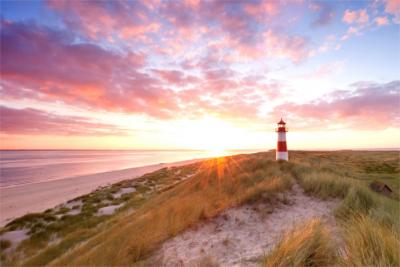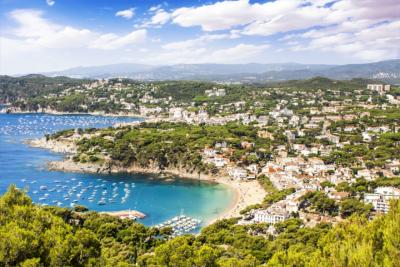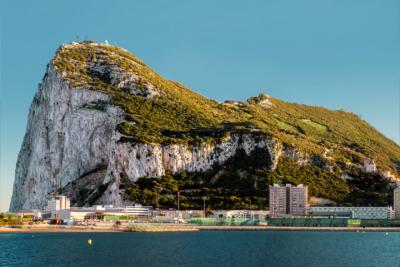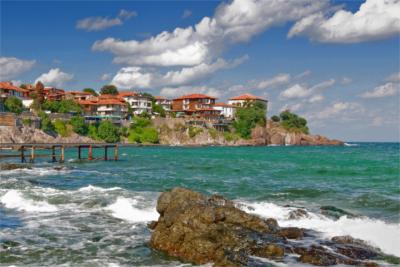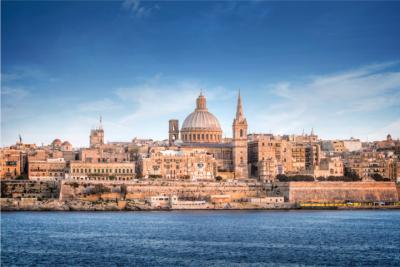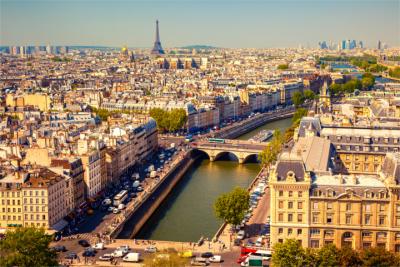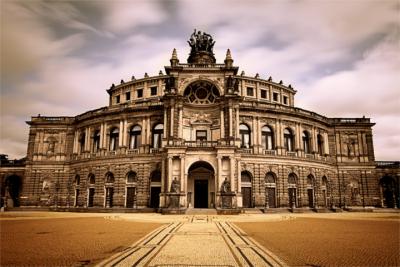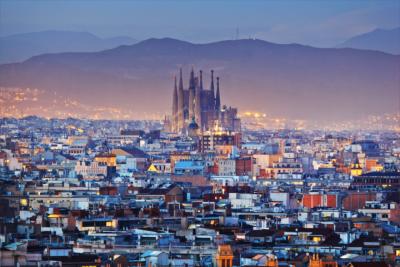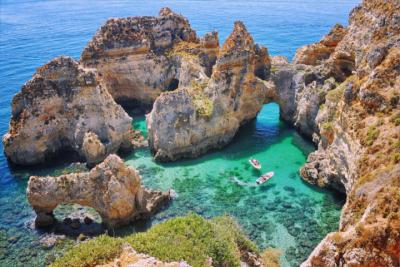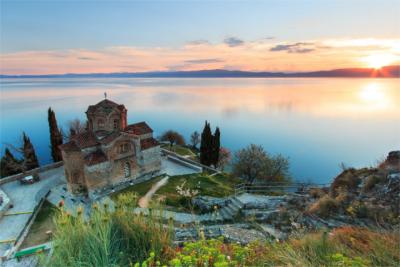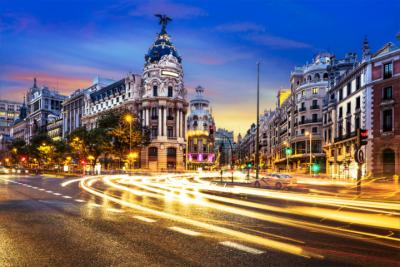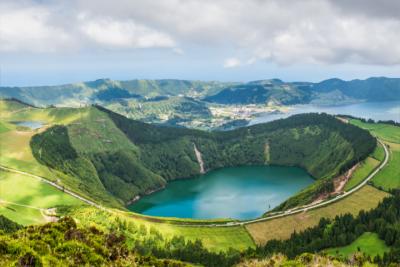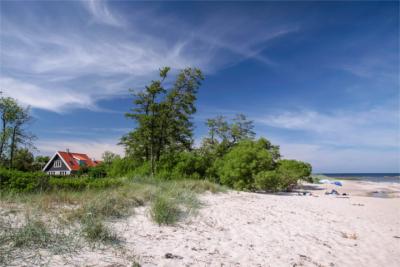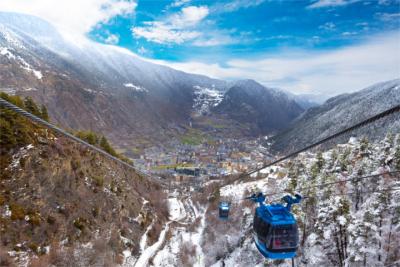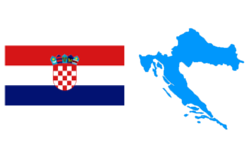Travel Offers
Travelmyne Featureprint
Distance
Croatia - The Glamorous Pearl of the Adriatic Sea
Croatia is one of the most popular travel destinations worldwide. The crystal clear water of the Adriatic Sea, the stunning landscapes in both the heartland and on the surrounding islands, and the Mediterranean atmosphere make the country attractive and appealing.
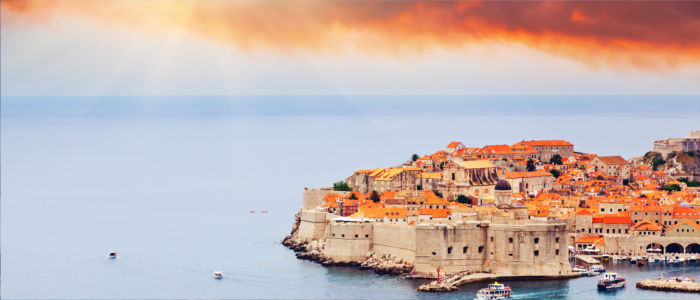
Geography - The advantages of the Adriatic Sea in one country
The Republic of Croatia is a member country of the EU, lies at the Adriatic Sea and borders on the countries Slovenia, Hungary and Serbia as well as on Bosnia and Herzegovina and Montenegro. It counts 1,200 islands but only a very few of them are populated. The region Dubrovnik constitutes the country's only enclave. Croatia is partly located in the Pannonian Basin and calls one of the most beautiful strips of coast at the Adriatic Sea its own. From Croatia you can travel to Italy. The distance by water only measures 20 kilometres at the most narrow point. The climate differs from region to region. Continental climate with over 20 °C in summer and cool 2 °C in winter dominates the north of the country and the heartland. The climate at the Adriatic coast and in the south, on the other hand, is much more Mediterranean. While there are temperatures of about 35 °C during the summer months, it is up to 10 °C warm on average in winter.
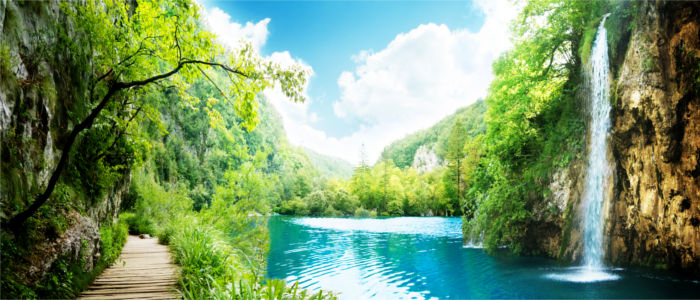
Nature - The Pannonian Basin, the Dinarides and the Adriatic coast
Town, country, river - no problem in Croatia. Travellers who cannot decide on a landscape are in good hands here. Marvellous coastal areas at the Adriatic Sea, wonderful mountain peaks and deep forests for hiking allure 10 million visitors to the small country every year. An extremely diverse marine fauna and a variety of crystal clear lakes round off this extraordinary profile. Croatia is actually one of the countries with the most lakes in the whole of Europe with Lake Vrana, Lake Dubrava and Peruća Lake as the greatest ones. From the depths of the lakes you can climb up into the heights of the Dinaric mountains. The mountain Dinara is 1,831 metres high, other 96 peaks have heights of over 1,500 metres. Green broadleaf and conifer forests cover 36 percent of the country and are home to bears, lynxes and wolves. The Pannonian Basin in the north of the country is dominated by vast plains. The most beautiful and greatest islands Cres, Krk and Brac are located along the eastern Adriatic coast.
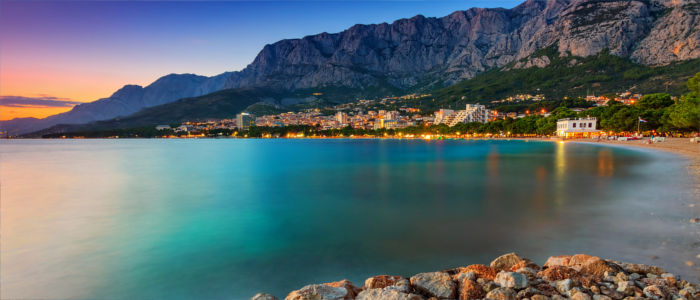
Natural sights - Of red lakes, blue caves and green forests
Croatia is rich in extraordinary natural highlights. The eight greatest national parks were complemented by eight more nature reserves. The popular Plitvice Lakes National Park is not only part of the UNESCO World heritage, it was also one of the shooting locations for Winnetou and his Native Americans. The Risnjak National Park or the magical caves of Paklenica are also worth a visit and a must for travellers of Croatia. Visitors who want to get closer to the country's flora and fauna should not miss out on the national park in the north of Velebit. Extraordinary sights are the "Red Lake" near Imotski and the enchantingly beautiful "Blue Cave" on the island Biševo. In addition, Croatia belongs to the European Green Belt, a vast blooming landscape with juicy green. This way, clean bathing lakes and many hiking paths through forest regions are guaranteed.
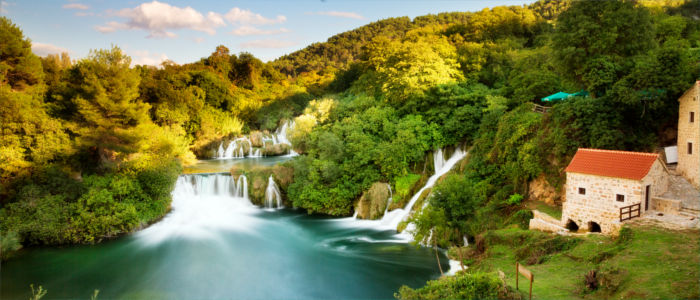
Culture - Baroque in the north, Renaissance in the south
The guest is still king in Croatia as the population is characterised by their great hospitality. The Croats, however, do not like punctuality and adherence to schedules. So, a bit of holiday patience is advisable. The peoples around Croatia quickly noticed the landscape's wild beauty and laid claim to the appealing country. The stormy Hungarians were already interested in the territory in the 12th century and kept the supremacy until the 16th century. But soon they had to share the region with the Ottomans, which wanted to enlarge their empire by annexing Croatia. The House of Habsburg was in power for almost 400 years and their territorial influence only ended in 1918. During the following turbulent years Croatia was politically considered a part of Yugoslavia and in 1991 the country finally became independent. Today Croatia is divided into 20 counties and the capital Zagreb. Of course, the different cultures left their mark. Especially the north is influenced by the baroque style due to the Austrian-Hungarian rule. You find numerous buildings and houses which could be preserved in their original style in many towns of this region. The south, on the other hand, displays the great influence of Venice's former sea power. Many coastal towns, churches and castles in the Renaissance style were preserved. You find an internationally known remnant of Croatian culture in probably every wardrobe - the cravat. Ethymologically, the term refers to the Croatian soldiers in the 17th century which were stationed in France, the so-called "cravats". They wore traditional fringed scarves by which you could recognise them. The term "cravat" for ribbons which are worn around the neck quickly spread and was listed in a French dictionary only a short time later.
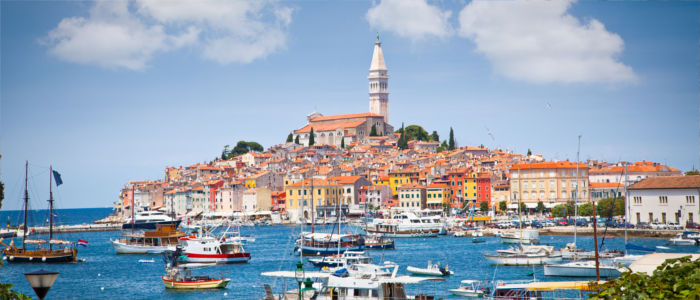
Cultural sights - Pula's arena and Dubrovnik's walls
Croatia is full of fantastic cultural monuments and towns of historical value. Especially at the coast of Istria, you find many town of the Roman period which have been preserved - a popular attraction is, for example, the small town Umag. The beautiful old Pula Arena is an absolute must for visitors. It is not only the venue for many events and film festivals but also a typical backdrop for special photographs. The Euphrasian Basilica in Poreč is similarly popular. To make sure that the Basilica is kept in a good condition for the next generation of visitors, the UNESCO included it in their World Cultural Heritage. There is a number of magnificent fortresses, castles and old ruins in Croatia. Worth mentioning are Trakošćan Castle, the defiant fortress Osijek, Ilok's gorgeous old part of town or the well-preserved town walls of Dubrovnik. St. James Cathedral in Šibenik is another popular sight. Those who want to gain more background knowledge should visit the many museums. Particularly worth seeing are the Archaeological Museum of Istria in Pula or the Ethnological Museum Staro Selo in Kumrovec. The scenic towns Opatija and Novi Vinodolski in the coastal regions constitute cultural highlights on a journey through Croatia.
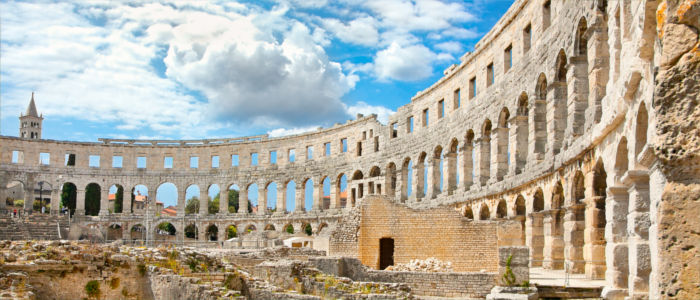
Experience - Clean water, healing baths and a rakia at the end
Regarding the cleanliness of sea water, Croatia comes first place in Europe. So it is not surprising that especially families choose the magical Adriatic coast for their beach holidays. Different kinds of water sports for small and grown-up water lovers make the holidays in Croatia an unforgettable experience. City trips are also possible. The capital Zagreb and the big cities Varaždin and Dubrovnik are greatly suited for shopping, discovering and marvelling. In addition, you find numerous thermal baths in the Pannonian Basin. Many regions have been built into relaxing health resorts and promise recreation from head to toe. The Varaždinske toplice is the country's oldest spa, Bizovacke toplice accommodates the hottest European brine and Topusko was already used by the ancient Romans. Island fans do not go short in Croatia either. The islands Krk, Rab and Cres are most frequently visited. On Rab you find fine sandy beaches. The Croatian coast is mostly one thing - hearty. Savoury meat and fish dishes, delicious soups and stews as well as local cheese and ham are on every menu. The Croatian wine, which is grown in the southern regions, is highly recommended and the rakia, a traditional herbal liqueur, is a great way of ending a meal. The visitors of the vineyards and cellars enjoy Croatia's exquisite wines at first hand. The wine-growing estates are often located further up so that tourists cannot only enjoy the light summer wines, but also the view of the breathtaking landscape and the azure blue sea on their way. Besides the herbal liqueur, the Pag lace and the Croatian art handicraft are popular souvenirs.

Activities - Sailing and climbing
Croatia is a great destination for active holidays. Climbing and mountaineering are part of the programme in the Paklenica National Park. The tradition of sailing is at home in the bay of Rijeka, where an exciting sailing trip will lead you to the wonderful Kornati archipelago. Furthermore, hunting has a great tradition in Croatia. Events and hunts through the deep forest regions take place regularly in the region Gorski Kotar, for example. Winter sports fans do not go short either in Croatia as the country has eight winter sports centres, which are well-equipped and are becoming increasingly popular with visitors from all over the world.
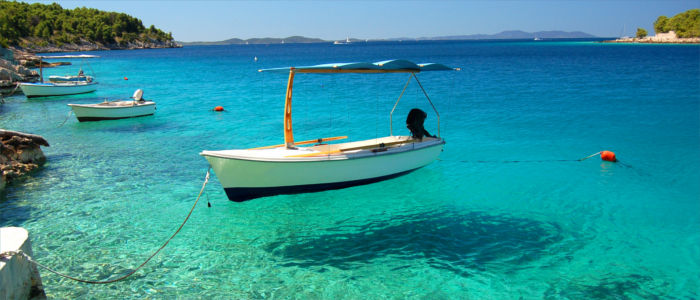
Information
Travellers can easily reach Croatia by plane. The most important airports are located in Zagreb, Rijeka and Dubrovnik. Alternatively, you can arrive by bus or car but you have to pay a toll on Croatian motorways. Moreover, several operators now offer journeys by cruise ship. Those who want to travel to Croatia in the hot summer months should check the local news for information on forest and bush fires. Especially the southern regions are prone to forest fires due to their Mediterranean climate.
The magical island landscapes, the clear water and the wonderful nature awarded Croatia with a deserved rank 18 among the best-known tourist destinations worldwide. Families and active holidaymakers agree and increasingly spend the best time of the year in Croatia.

